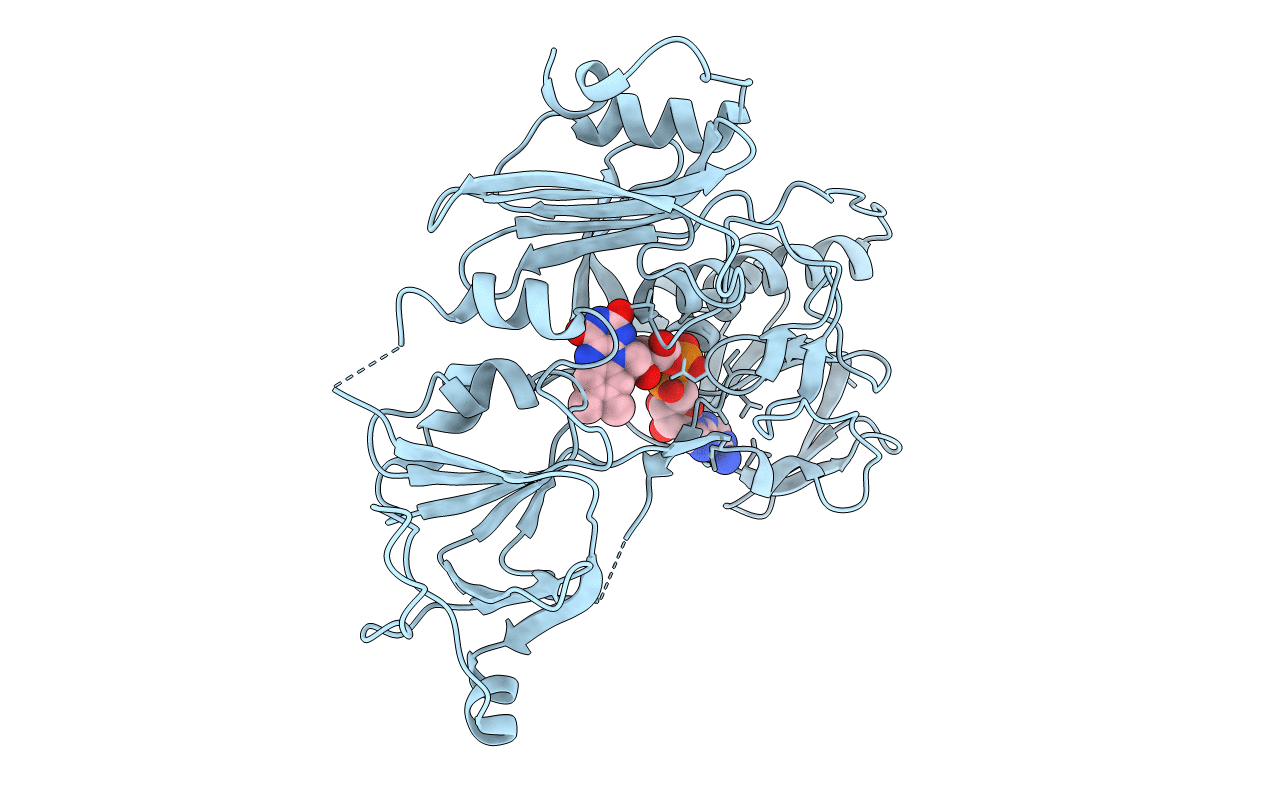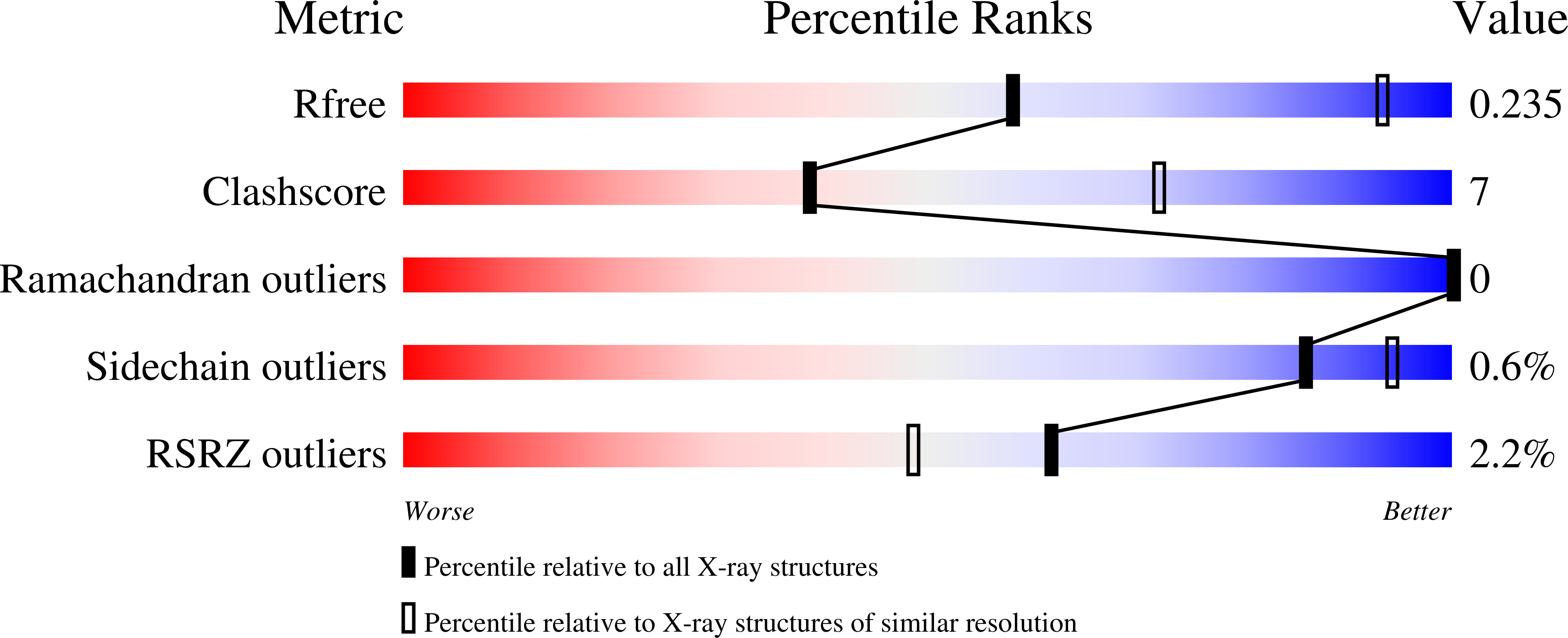
Deposition Date
2020-06-30
Release Date
2021-05-12
Last Version Date
2024-10-16
Method Details:
Experimental Method:
Resolution:
3.20 Å
R-Value Free:
0.23
R-Value Work:
0.21
R-Value Observed:
0.21
Space Group:
P 31 1 2


